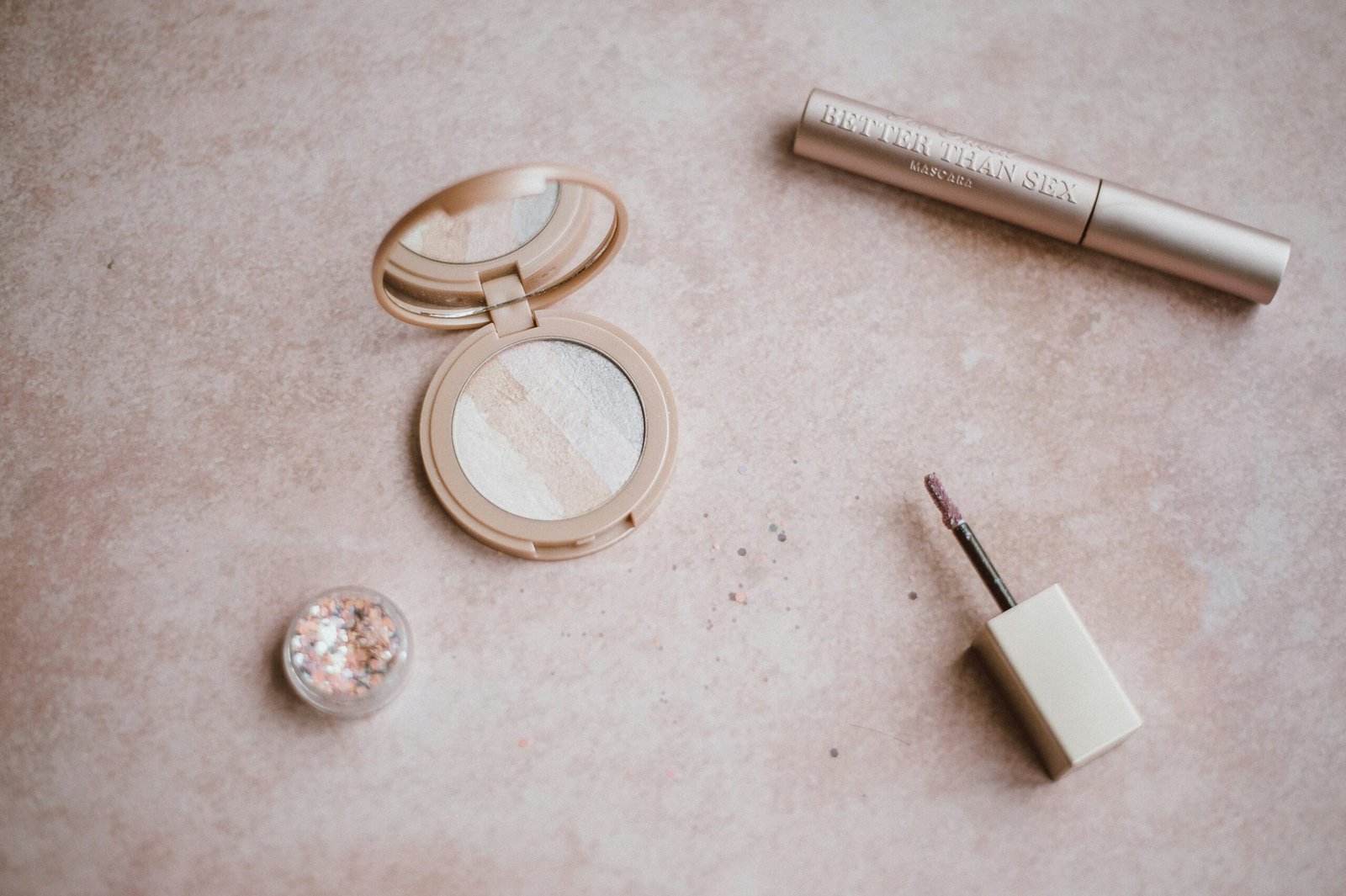Understanding Makeup Tools: The Basics
Makeup application can significantly impact the overall aesthetic, and understanding the various tools available is essential for achieving optimal results. Makeup tools come in various forms, each designed for specific tasks. The most common makeup tools include brushes, sponges, and applicators, all of which serve unique purposes in the application process.
Brushes are indispensable tools in the world of makeup. They come in a multitude of shapes and sizes, allowing for versatility in application techniques. For instance, large, fluffy brushes are typically used for powder application, while smaller, denser brushes excel at applying eyeshadow or concealer. High-quality brushes often provide a smoother application with improved blendability, making it essential to invest in a few key pieces tailored to your makeup style.
Sponges are another popular option, particularly for liquid and cream products. Their unique texture allows for seamless blending, which results in a more natural finish. Beauty blenders and other makeup sponges can be used both damp and dry, depending on the desired effect, and they are particularly excellent for foundation application and setting powders. Choosing a sponge with a porous structure increases the likelihood of even coverage, making it crucial to select the right one for your needs.
Applicators, including those that come with products or those designed for specific usages, also play a vital role. While they may not be as versatile as brushes or sponges, having a reliable set of applicators for certain products, such as lip gloss or eyeliner, can enhance the makeup experience. Regardless of the type of tool, maintaining and cleaning them regularly is paramount for hygiene and longevity. Using gentle cleansers and allowing tools to dry completely ensures that they remain effective and safe for skin application. Overall, investing in high-quality makeup tools tailored to individual needs can significantly elevate makeup application and results.
The Importance of Skincare in Your Makeup Routine
When it comes to achieving a flawless makeup look, the foundation is not just about the products applied on top but rather the care taken to prepare the skin underneath. Proper skincare plays a critical role in enhancing makeup application and ensuring its longevity. By following a good skincare routine, individuals can create an optimal canvas for makeup application, which can significantly elevate the overall appearance.
The first essential step in any skincare routine is cleansing. A thorough cleanse removes impurities, excess oil, and makeup residue that can obstruct product application. For optimal results, individuals should select a cleanser that suits their skin type, whether it be gel-based for oily skin or cream-based for dry skin. Following cleansing, the application of a moisturizer is imperative. A well-hydrated skin acts as a barrier for the makeup, allowing for smoother application and helping to prevent a cakey appearance. Individuals with oily skin can opt for lightweight, oil-free moisturizers, while those with dry skin should consider thicker creams to provide the necessary hydration.
Next, priming the skin is a crucial step that should not be overlooked. Primers create a smooth surface, reducing the visibility of pores and fine lines. This step aids in improving the adherence and longevity of makeup products. It is advisable to choose a primer that aligns with your skin concerns, such as mattifying primers for oily skin or hydrating primers for dry skin. Additionally, incorporating ingredients like hyaluronic acid and niacinamide can enhance the skin’s texture over time.
Ultimately, investing time in a solid skincare routine tailored to one’s specific skin type can profoundly impact how makeup performs throughout the day. By taking these key steps—cleansing, moisturizing, and priming—individuals can significantly improve both the application and durability of their makeup, leading to a more polished and appealing look.
Application Techniques: Mastering the Art of Makeup
Mastering the art of makeup application is essential for achieving a polished and professional appearance. The foundation serves as the canvas for your makeup look; therefore, applying it correctly is crucial. Start by selecting the right shade that matches your skin tone. Using a damp makeup sponge or brush, gently apply the foundation in a stippling motion to create an even base. This technique prevents heavy application and allows for buildable coverage. Always blend the foundation well across the jawline and into the neck for a seamless transition.
Next, concealer plays an important role in enhancing your makeup look. Applying concealer after foundation helps to cover any blemishes, dark circles, or imperfections. A small, precise brush or a fingertip can be used to dab the concealer on targeted areas. Remember to tap lightly to blend, rather than rubbing the skin. This technique ensures the concealer melds well with the foundation and maintains a natural finish.
Eyeshadow application can dramatically change your makeup appearance. To achieve a harmonious look, start with a neutral base color on the eyelids. Then, gradually build dimension by applying darker shades in the crease and outer corner. A blending brush is key to ensuring a smooth transition between colors. Avoid the common mistake of overloading the brush; instead, tap off excess product to prevent fallout and achieve a more controlled application.
Lastly, lipstick application can elevate your overall makeup look. For a clean finish, outline your lips with a lip liner that matches your lipstick. Apply the lipstick using a brush for precision, filling in the entire lip area. For a long-lasting effect, consider blotting with tissue and applying a second layer. This layered technique enhances the lipstick’s longevity and vibrancy. By avoiding common mistakes such as uneven application or not using lip balm beforehand, you can achieve a flawless lip look that complements the rest of your makeup.
Integrating these essential application techniques can dramatically improve your makeup routine, elevating your final look to one that appears more polished and professional. Employing these strategies while avoiding typical pitfalls will lead to greater proficiency in makeup application.
Achieving a Balanced Look: Color Theory and Face Shapes
Understanding color theory is essential for achieving a balanced makeup look. Color theory involves the study of how colors interact with each other and how they can be used effectively in makeup application to enhance one’s natural features. To begin, it is crucial to identify your skin tone, eye color, and hair color, as these elements play a significant role in selecting shades that will complement your overall appearance. For instance, individuals with warm undertones in their skin may find that earthy tones like terracotta and warm reds enhance their complexion, while cool-toned individuals may prefer jewel tones such as sapphire or emerald.
Once you have identified colors that complement your unique features, the next step involves applying them strategically based on your face shape. Different face shapes, including oval, round, square, and heart-shaped, can be flattered by specific makeup techniques. For example, those with a round face might benefit from contouring along the sides of the forehead and jawline, which helps create the illusion of length. On the other hand, individuals with an oval face can focus on highlighting the cheekbones, as this shape tends to have naturally balanced proportions.
Furthermore, understanding how to balance different colors and styles can enhance your overall look. For instance, the use of complementary colors can create striking contrast, drawing attention to the eyes or lips. If you have a bold eye look, consider opting for a more subdued lip color to maintain balance. Conversely, a vibrant lip can be paired with neutral eye makeup for a more sophisticated appearance. By considering both color theory and face shape in your makeup routine, you can create a harmonious and aesthetically pleasing finish that highlights your best features.


